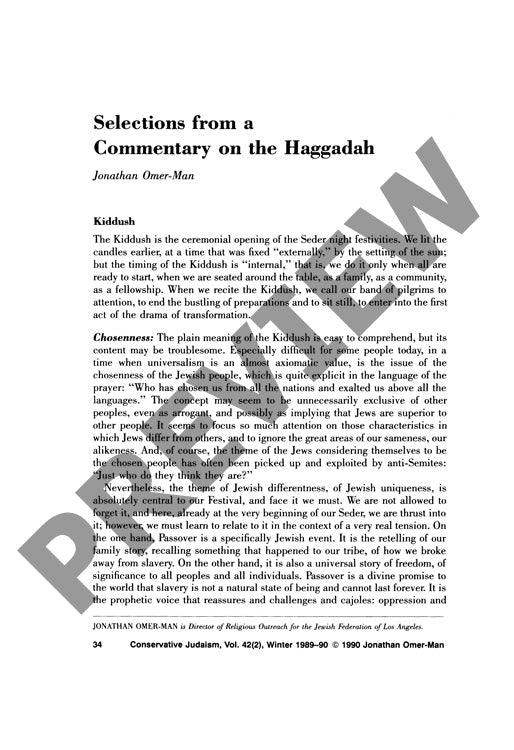Selections from a Commentary on the Hagg
Couldn't load pickup availability
The ancient Passover Seder ceremony contains inherent tensions between Jewish particularism and universal human liberation—tensions that remain critically relevant for contemporary spiritual practice. Through hermeneutical analysis of key liturgical elements including the Kiddush, ritual hand washing (Ur'hatz), the eating of greens (Karpas), the breaking of matzah (Yahatz), and the narrative section (Maggid), this commentary reveals how ritual functions as a vehicle for both personal and communal transformation. Combining traditional Jewish exegesis with modern interpretive approaches, the analysis explores how participants move from specific Jewish historical experience toward universal themes of freedom and redemption. The dual nature of matzah—simultaneously representing both slavery and liberation—exemplifies broader paradoxes within Passover observance, particularly regarding Jewish chosenness in an era emphasizing universal values. Rather than mere historical commemoration or children's educational entertainment, the Seder emerges as a mechanism for contemporary liberation from various forms of personal and collective "Egypt" or constriction. Central to this transformative process is the interplay of questioning and storytelling, which facilitates authentic spiritual growth through active engagement with ritual elements.

More Information
-
Physical Description
-
Publication Information
Published 1989-1990
ISBN
-
Publication Credits
Jonathan Omer-Man

